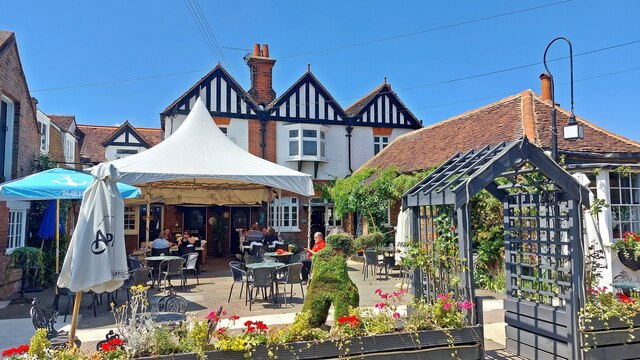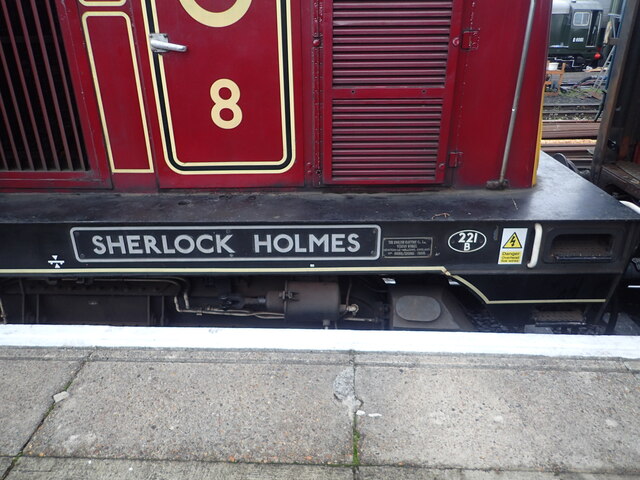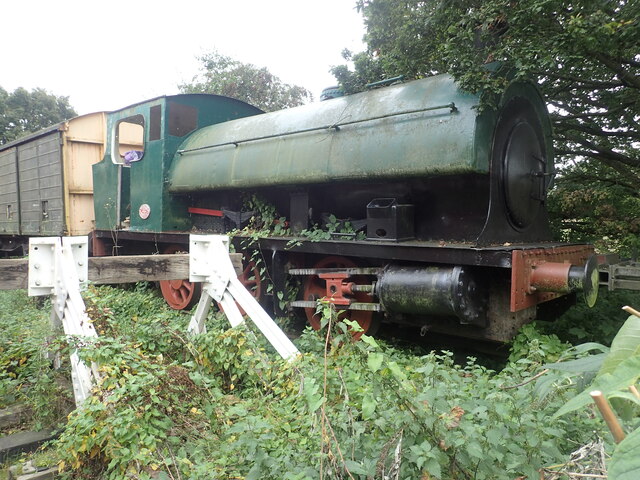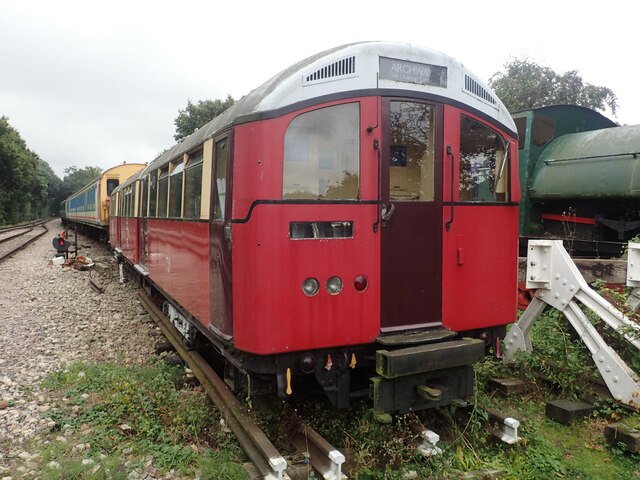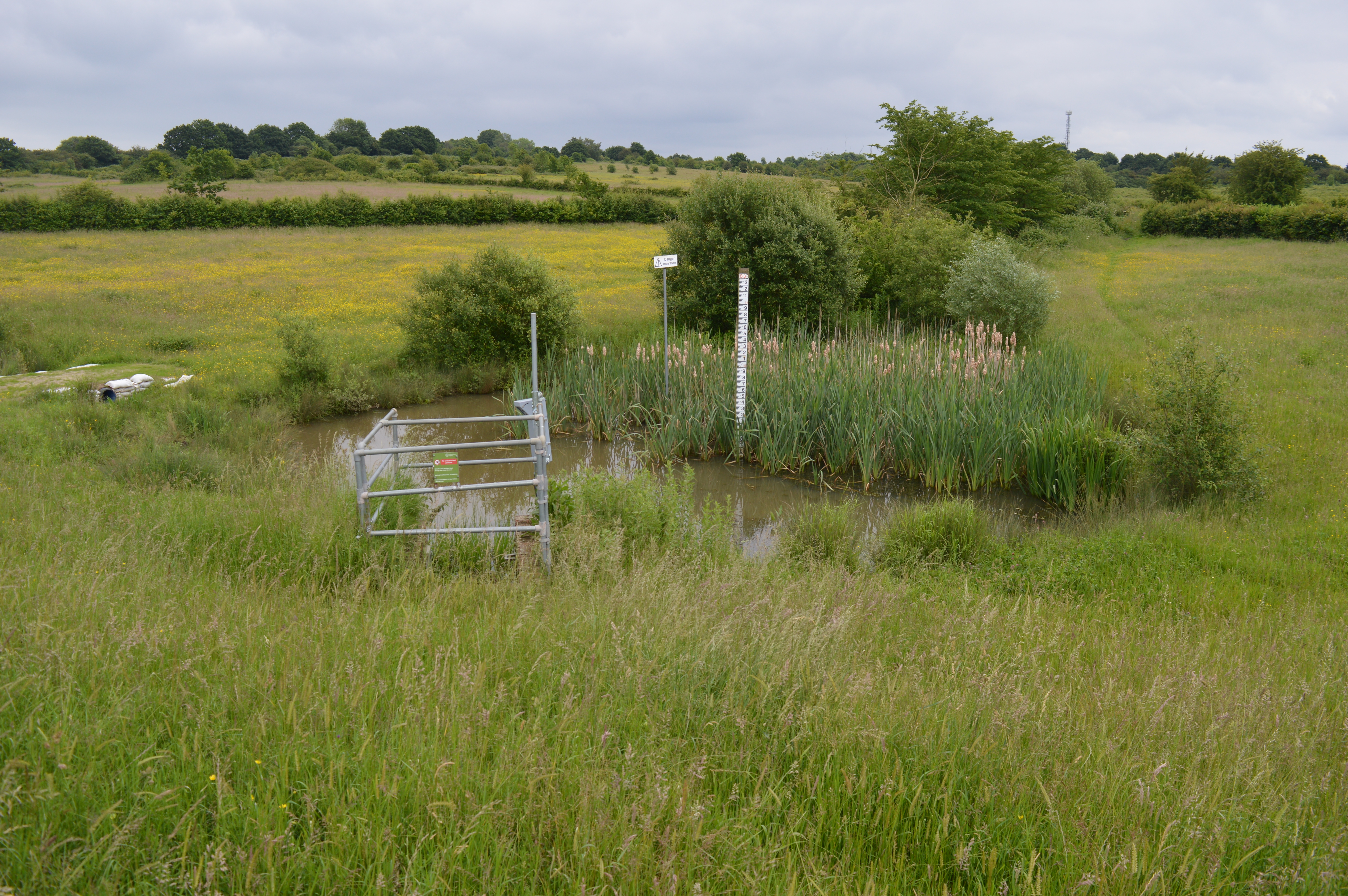High Wood
Wood, Forest in Essex Epping Forest
England
High Wood
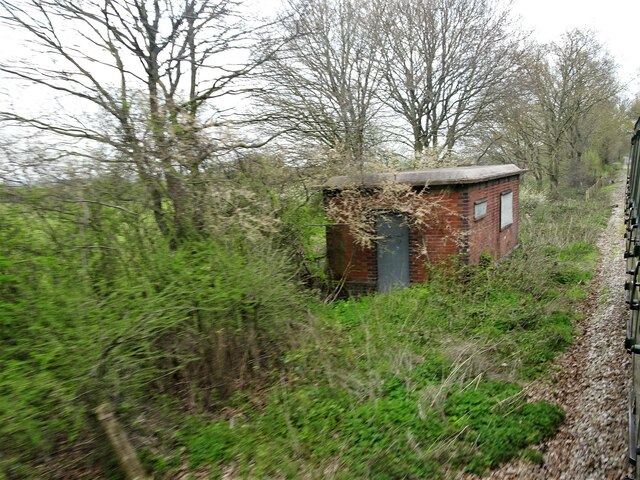
High Wood is a densely wooded area located in Essex, England. Situated in the Forest of Essex, it covers a total area of approximately 100 hectares. The wood is known for its rich biodiversity and is home to a variety of plant and animal species.
The wood is predominantly composed of deciduous trees such as oak, beech, and ash, which create a dense canopy and provide ample shade. The forest floor is covered in a thick layer of leaf litter, creating a natural habitat for numerous small mammals, insects, and fungi.
High Wood is also renowned for its diverse bird population. The wood provides a suitable nesting habitat for several bird species, including woodpeckers, owls, and various songbirds. Birdwatchers often frequent the wood to observe and study these avian inhabitants.
The wood is crisscrossed by a network of footpaths, making it a popular destination for hikers, nature enthusiasts, and dog walkers. The paths wind through the trees and offer visitors the opportunity to explore the tranquil surroundings and enjoy the peaceful ambiance of the wood.
High Wood has historical significance as well. It is believed to have been part of the ancient hunting grounds of the medieval kings. The wood has also witnessed various human activities throughout the years, including timber harvesting and charcoal production.
Overall, High Wood in Essex is a picturesque woodland that offers visitors a chance to connect with nature, explore its diverse flora and fauna, and unwind in a serene environment.
If you have any feedback on the listing, please let us know in the comments section below.
High Wood Images
Images are sourced within 2km of 51.702434/0.16429431 or Grid Reference TL4902. Thanks to Geograph Open Source API. All images are credited.
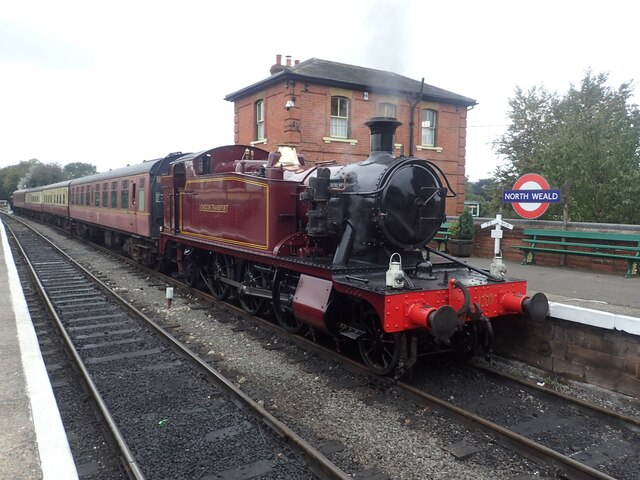
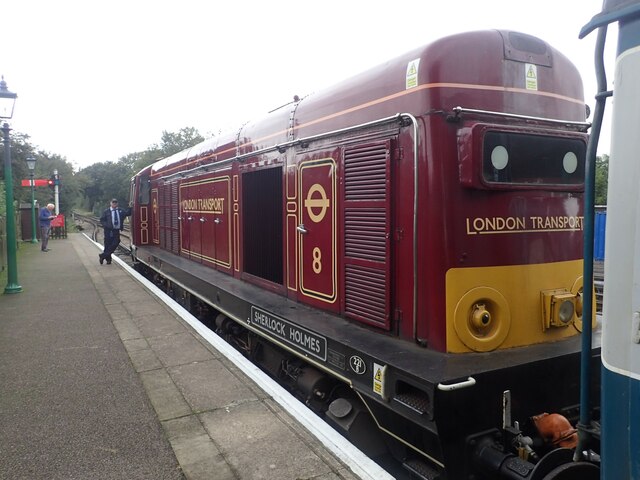
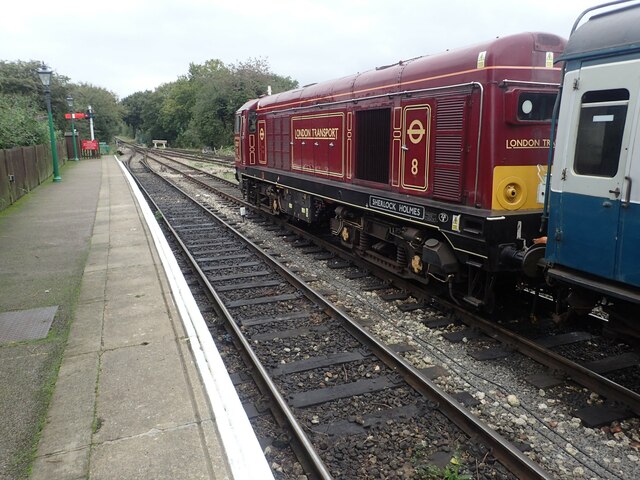
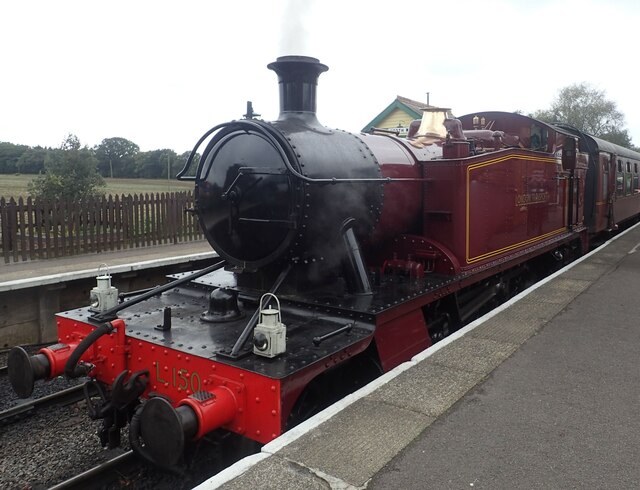
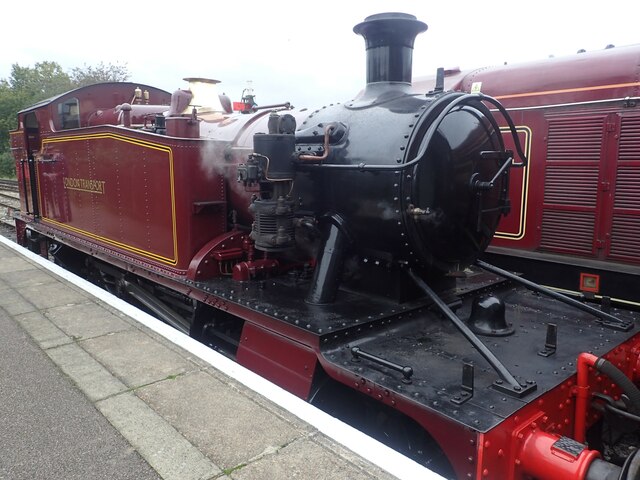
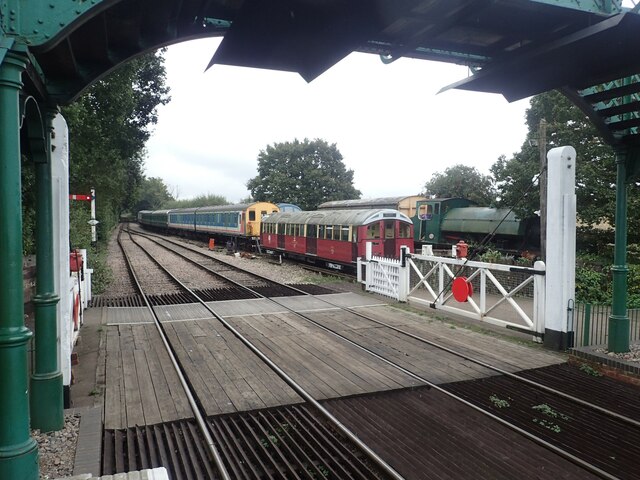
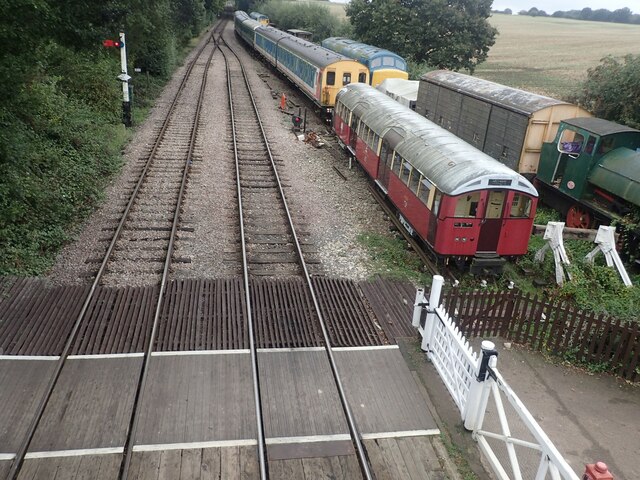
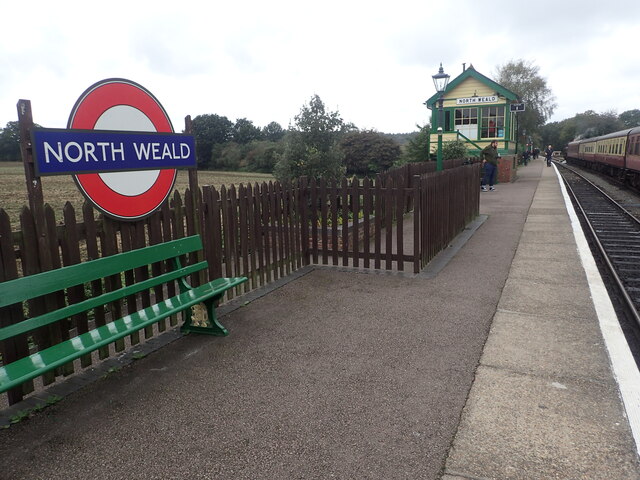
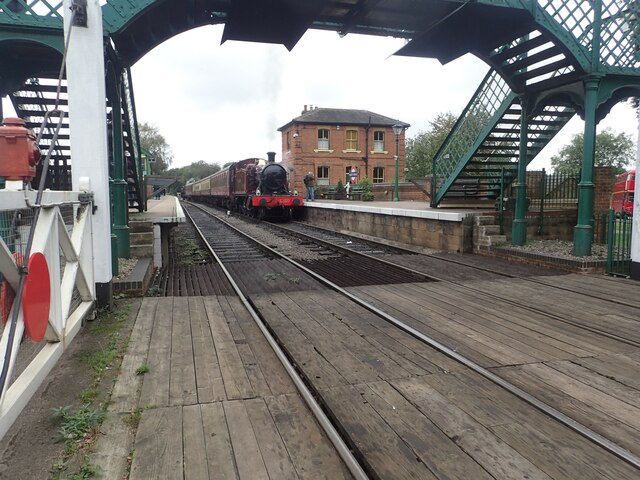
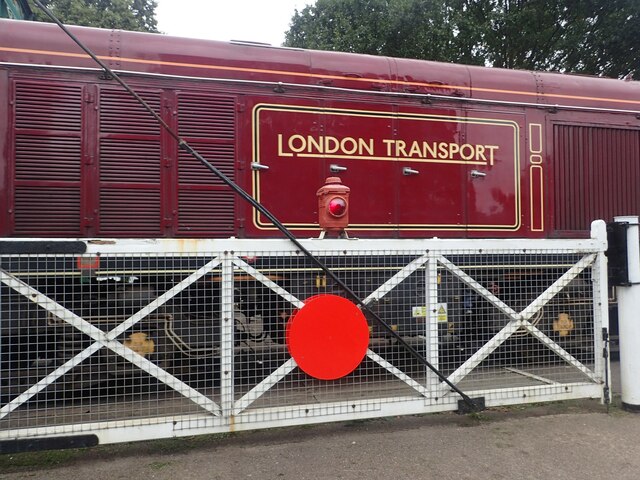
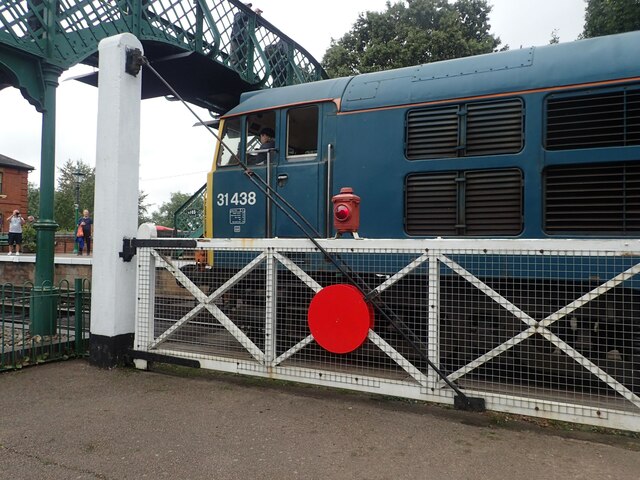
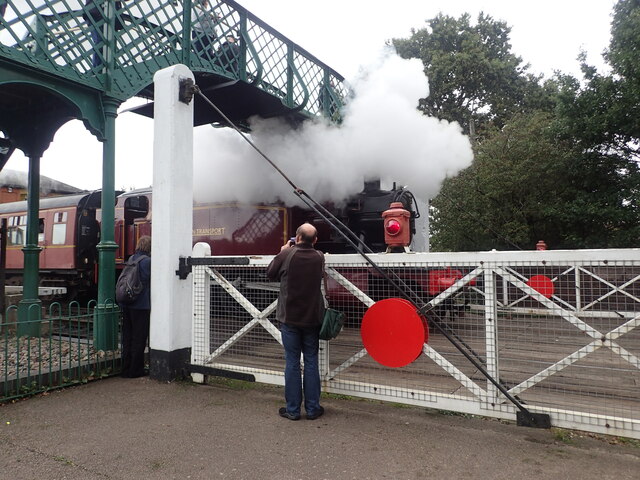
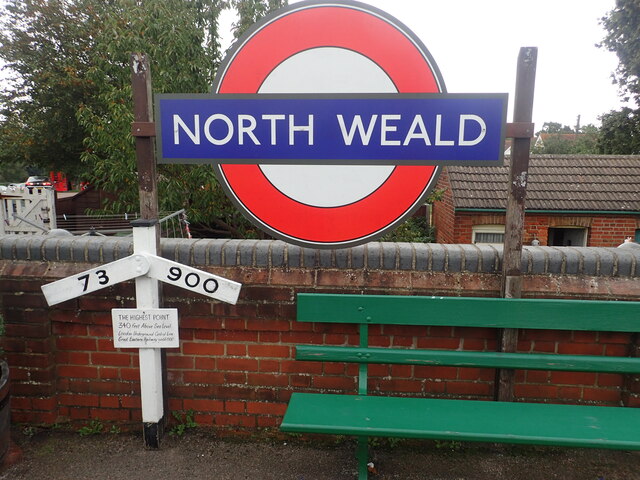
High Wood is located at Grid Ref: TL4902 (Lat: 51.702434, Lng: 0.16429431)
Administrative County: Essex
District: Epping Forest
Police Authority: Essex
What 3 Words
///fade.riches.square. Near Epping, Essex
Nearby Locations
Related Wikis
Colliers Hatch
Colliers Hatch, is a hamlet in the civil parish of Stapleford Tawney in the Epping Forest district of the county of Essex, England. It is approximately...
North Weald railway station
North Weald railway station is on the Epping Ongar Railway, a heritage railway, located in North Weald, Essex. The station was opened in 1865 by the Great...
Roughtalley's Wood
Roughtalley's Wood is a 3.4 hectare Local Nature Reserve in Theydon Garnon parish in Essex, England. It is owned and managed by Epping Forest District...
Weald Common Flood Meadows
Weald Common Flood Meadows is a 1.9 hectare Local Nature Reserve in North Weald Bassett in Essex. It is owned and managed by Epping Forest District Council...
Nearby Amenities
Located within 500m of 51.702434,0.16429431Have you been to High Wood?
Leave your review of High Wood below (or comments, questions and feedback).
